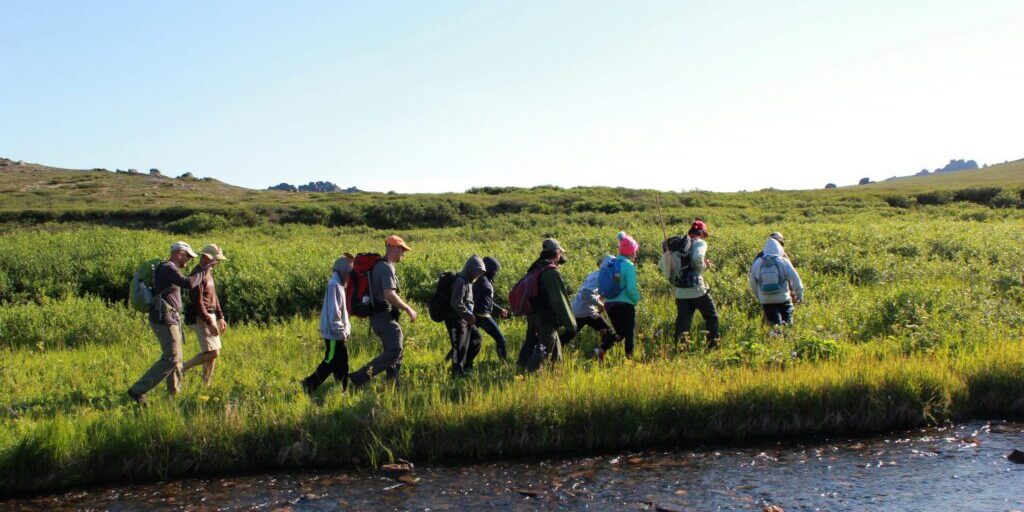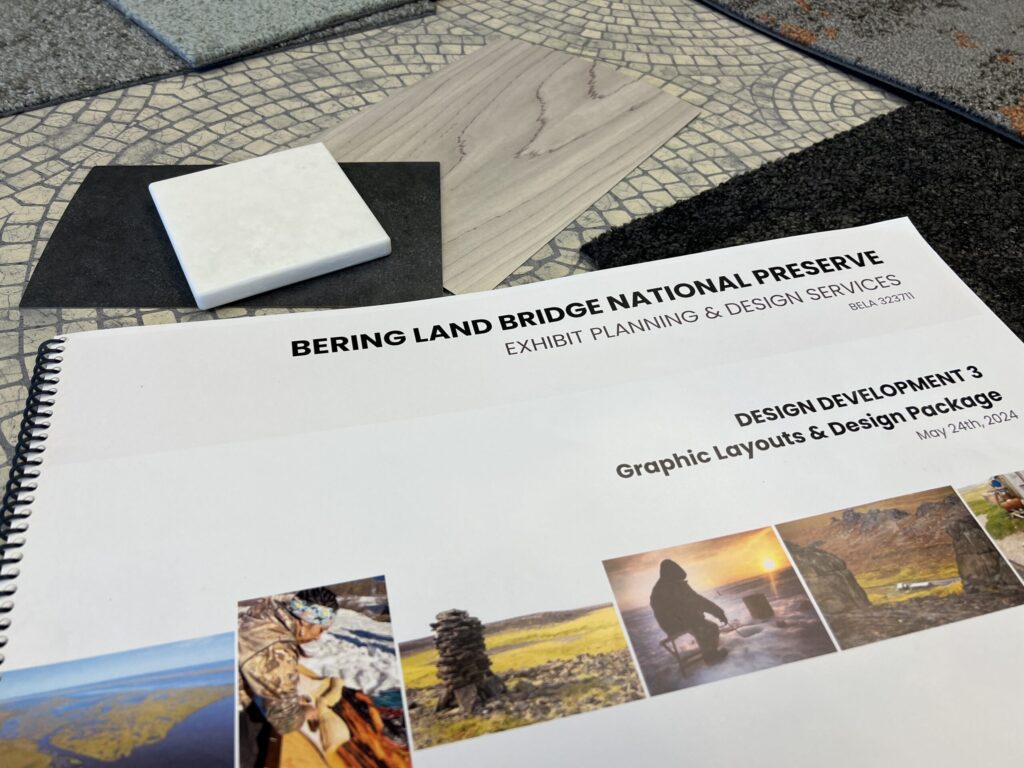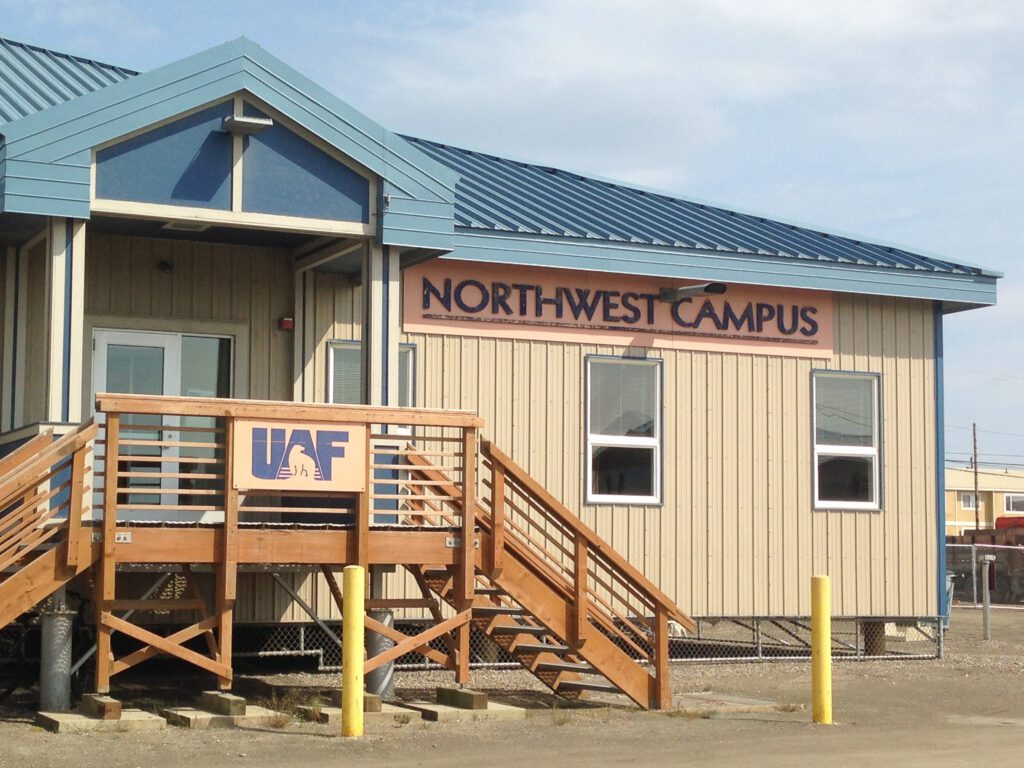Earlier this month, students from around the region joined scientists at Serpentine Hot Springs to take stock of the plants and animals found in the Bering Land Bridge National Preserve.
Referred to as a BioBlitz, the goal was to find, identify, and count as many species as possible in a short period of time. While the kids learned about everything from birds to lichens, the focus was bugs.

Katie Cullen is the chief of interpretation for the National Preserve, and she helped lead the program, which is now in its second year:
“Our scientific inventory goal was to start to get a better sense of just what insects and bugs are out there, and that’s something we haven’t had a chance to do. So this past 2016 BioBlitz, and then this BioBlitz, we had a chance to do that with the students working alongside the scientists.”
The fourteen students who took part in the BioBlitz were all between the ages of 12 and 14 and came from Nome, Teller, Shaktoolik, and Shishmaref. For some of them, it was their first time away from home.

Ranger Dawn Bailey filled the role of camp counselor on the trip. When she wasn’t leading crafts or making sure the ghost stories didn’t get too scary, she says she enjoyed watching the kids get excited about science.
“First they were a little bit…they were trying to be cool, because they’re preteens. But then eventually it overtook them and they couldn’t help but get excited about it”
Part of that excitement was the chance to do real science alongside real scientists. A pair of graduate students studying insects at the University of Alaska Fairbanks worked with the kids at Serpentine, along with bird and plant experts from the Alaska Department of Fish and Game and the National Park Service.
The rangers say the students learned about more than just science. They built social skills, working as a team with other kids from distant communities. They also got to visit a place that most people, even in the region, never get to experience.
Although the visitor center for Bering Land Bridge National Preserve is in downtown Nome, the preserve itself lies 100 miles north, and getting there is tricky.
Ranger Lupe Zaragoza explains, “Our park is very difficult to get to. Unless you have a bush plane or a snow machine or a lot of gusto to walk those 100 miles, you’re not getting there.”

Zaragoza says sharing special places like Serpentine Hot Springs with the youth of the region is what her work at the National Park Service is all about.
Ranger Cullen agrees, adding, “When I go there I feel like I could stay there forever, and I wish everyone could find a place like that in their own lives, whether it be at Bering Land Bridge or in a different part of the world.”
The BioBlitz project was supported by the Murie Science and Learning Center, Alaska Geographic, and Nome Public Schools. The rangers hope to continue the program for years to come.
Photo at top: Scientists lead students from around Western Alaska on a hike at Serpentine Hot Springs. Photo: National Park Service, used with permission.







